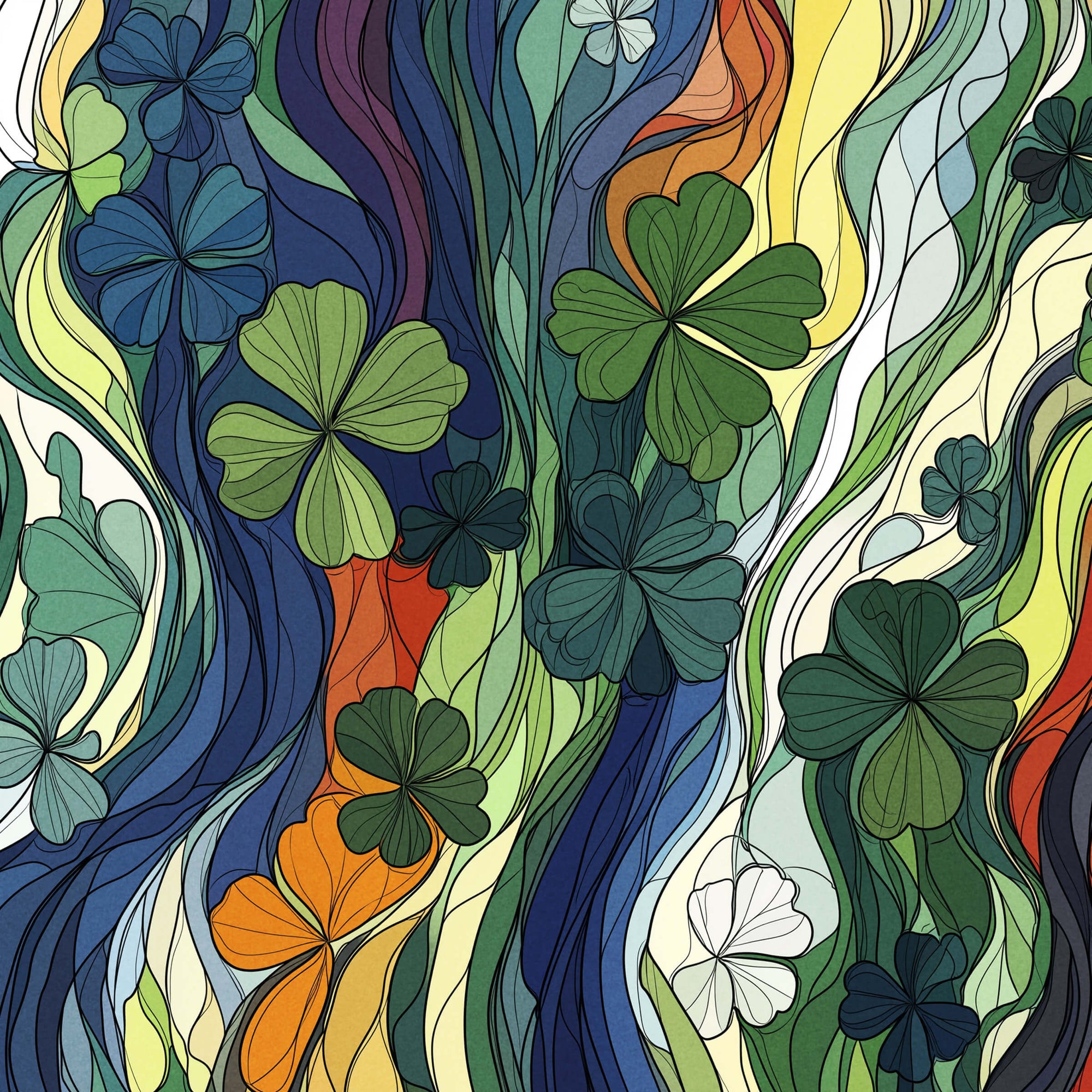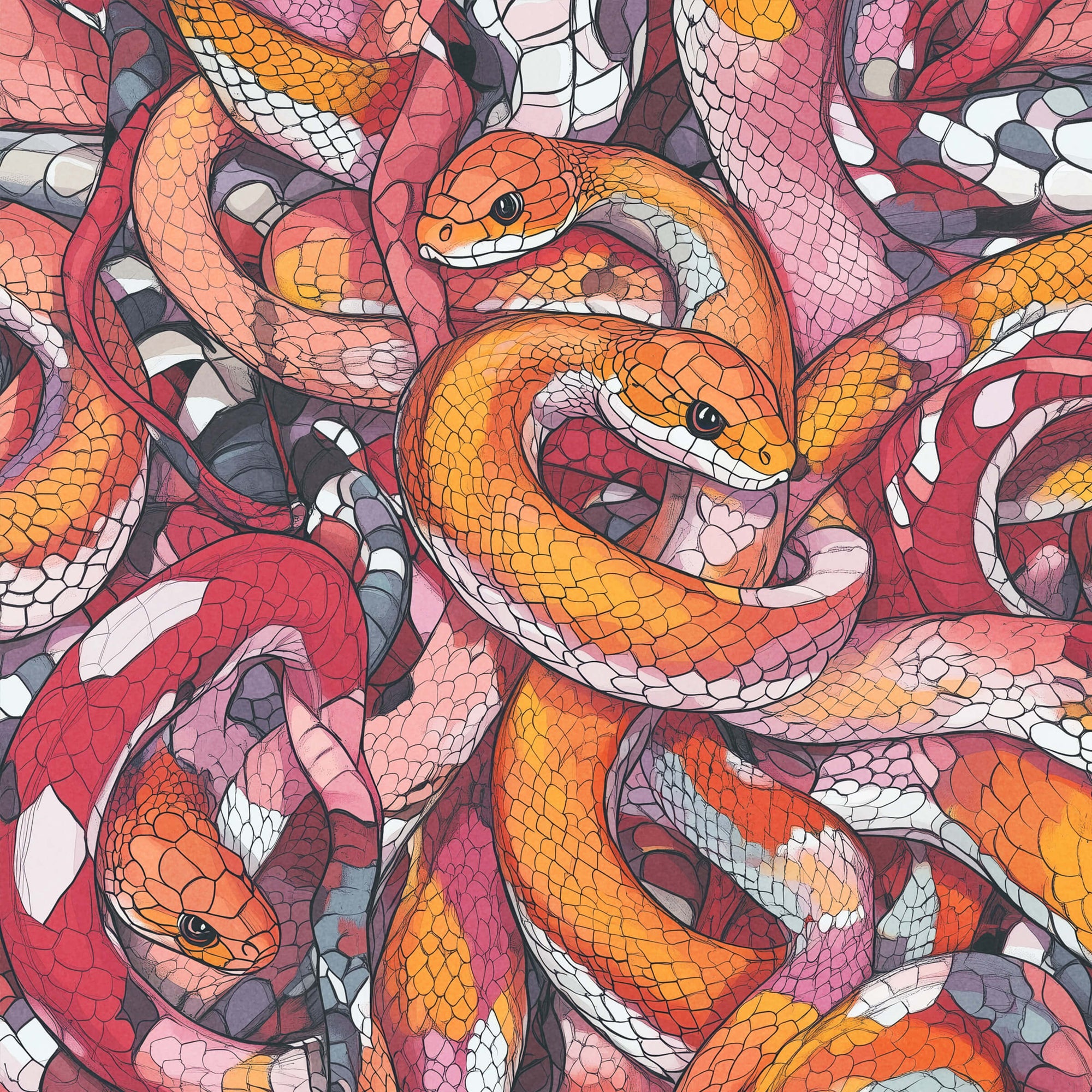
Peel Off These 20 Fun Banana Facts
Ah Bananas 🍌. The world's most favorite yellow fruit. Considered the most popular fruit in the world, it's also the 4th most grown crop (behind the admittedly less fruity rice, wheat and corn).
While there is a lot of nerd out on when it comes to bananas, here are 20 of our favorite fun facts about these yummy delights:
1. The average American consumes around 11 pounds of bananas per year.
That’s the equivalent of 4 American footballs (or footballs as we call it), or 2 Chiuauas.
2. The scientific name for bananas is "Musa sapientum," which means "fruit of the wise men."
Probably because bananas are so darn healthy.
3. Bananas are actually berries.
They have pulp with seeds and spring from a flower. In other fruit news, strawberries aren’t berries.
4. Bananas don't grow on trees.
Have you ever seen a Banana tree? Probably not. What you are thinking of is actually a large herb. A tree’s stems must be made of wood, whereas the bananas are made of fibers.
5. Bananas are naturally a little radioactive.
They contain small amounts of potassium-40, a radioactive isotope. Don't fear, you would need to eat 274 bananas a day for 7 years to begin to feel symptoms of radiation poisoning.
6. Not only delicious, but bananas have been used for a variety of non-food purposes for millennia.
These purposes include making paper and as a source of fiber for textiles. This was most likely why ancient people liked them so much. In fact, there are hieroglyphs (ancient Egyptian writing) that depict bananas.
7. Bananas were first domesticated around 7,000 years ago in Southeast Asia.
Other things going on at this time were: the building of Stonehenge, development of writing in Mesopotamia and the invention of the wheel.
8. The world's most expensive banana is the "Taiyo no Tamago".
This translates to "Egg of the Sun". It is grown in Japan and can cost up to $5 per banana.
9. The inside of a banana peel is super useful.
It can be used to soothe insect bites, poison ivy rashes, and other itchy skin irritations.
10. In some fishing communities in the Caribbean and West Africa, it is considered bad luck to bring bananas on a boat.
It’s believed that bananas will cause the fish to disappear, while others think that they will cause storms at sea.
11. Bananas contain a chemical called Serotonin.
This amazing and naturally produced chemical literally makes people feel happy.
12. Humans (Homo sapien) are 50% genetically identical to bananas.
Yes, that does sound bananas, but hear me out. We share about half of the same DNA (genetics) as the fun fruit. Spoiler, all earthly things share some DNA similarities, but it's still fascinating!
13. Bananas are sterile and you can't plant their seeds.
That's right, you cannot sow seeds and grow them like you would a sunflower 🥺. Bananas are grown by cutting a piece from another plant, which grows a clone. This means the banana you are eating today is genetically the same as the banana your grandfather ate.
14. Bananas are one of the first fruits ever cultivated by humans.
Archaeological evidence shows bananas were cultivated in Papua New Guinea as early as 5000 BCE. That makes bananas older than most major civilizations—take that, TikTok.
15. The banana plant dies after producing fruit.
Each banana “tree” (which, remember, is a herb!) only fruits once. After the bananas are harvested, the plant dies and is replaced by a “sucker” or shoot from the same root system. It's the plant version of a mic drop.
16. The Cavendish banana is the only banana most people eat—and it’s in trouble.
The Cavendish variety makes up nearly 100% of the bananas sold in grocery stores, but it's highly vulnerable to disease because they’re all clones. A fungus called Tropical Race 4 is spreading and could wipe them out, which would be… ap-peeling to absolutely no one.
17. Bananas float in water.
Yep, like apples and basketballs, bananas are less dense than water and will float. So if you’re ever stranded at sea with only a bunch of bananas… well, you’ve got snacks and flotation devices.
18. Banana peels can be used to polish shoes.
Rub the inside of a banana peel on your leather shoes, then buff with a cloth. It’s not just banana-bonkers—this actually works, thanks to natural oils and potassium.
19. There’s a Museum of Bananas in the U.S.
Located in Mecca, California, the International Banana Museum is home to over 25,000 banana-related items. That’s right, there’s a place where people go bananas… for bananas.
20. Bananas have built-in ripeness indicators.
Those little brown spots on a banana? They're sugar freckles! The more spots, the riper (and sweeter) the banana. So, if your banana looks like it just came back from a beach vacation, it’s probably at peak flavor.




